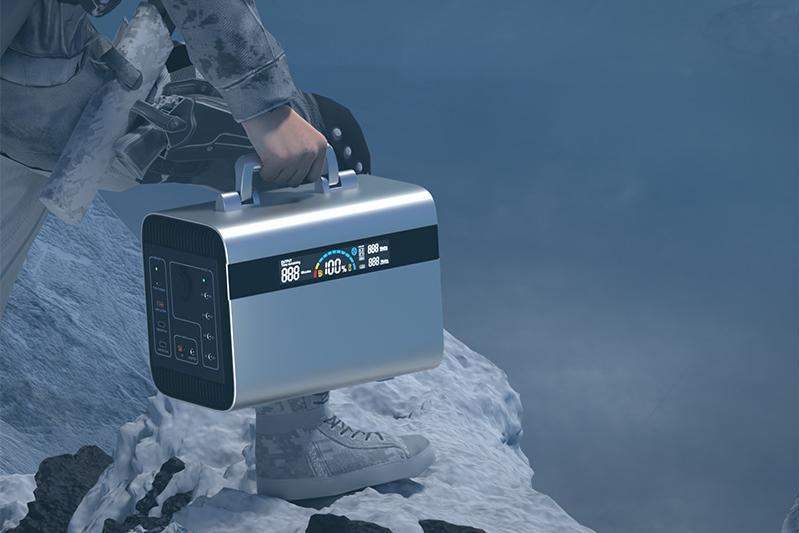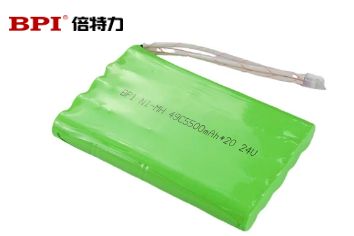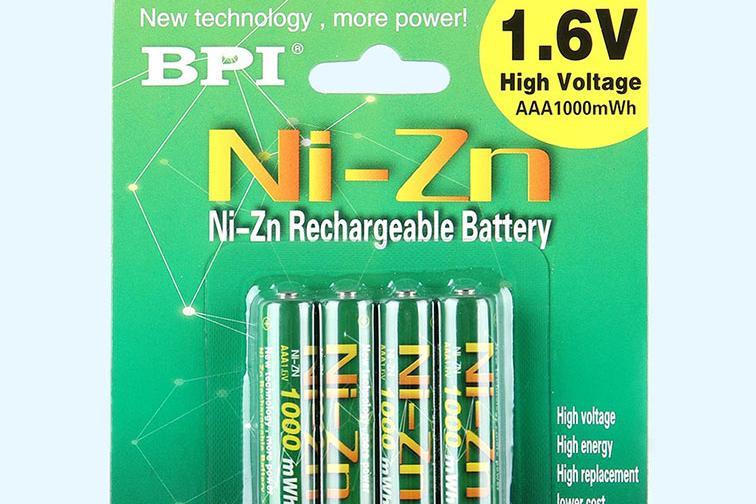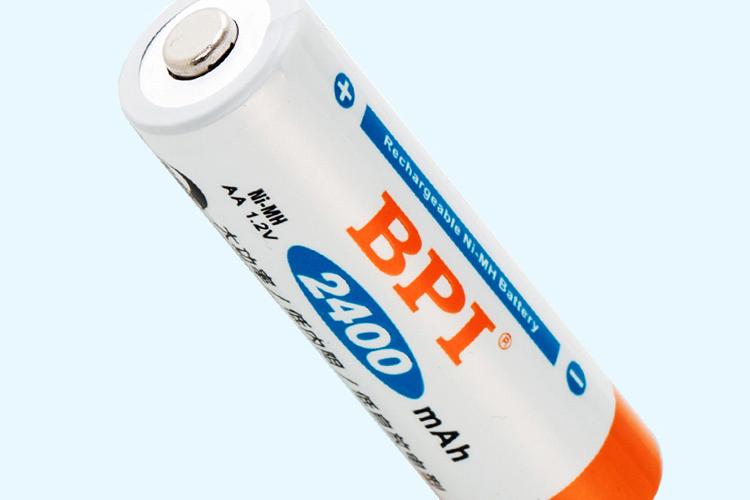1. Why does the battery have zero voltage (low voltage)? And how?
1) Whether the battery is subject to external short circuit, over discharge or reverse charging (the positive and negative poles of the battery or charger are reversed, which is equivalent to forced over discharge during battery charging); Whether the circuit is normal; Check whether the battery of the spot welding product is burned again.
3) Whether the battery is in good condition.
method:
3) Charge the battery with 1C current for 30 minutes and open circuit for about 10 minutes. If the open circuit voltage of the battery is stable within the normal voltage range of the battery, the battery can basically return to normal. If the battery is damaged, the voltage cannot be recovered; If this phenomenon occurs after the battery is not used, 1c charging cannot recover the voltage, which needs further analysis by professional technicians.
4) It is recommended that the customer pay attention to the distance between the spot welding current and the welding needle, and try to reduce the number of back and forth folding.
2. How is the zero voltage (low voltage) of the battery pack or battery with circuit board caused? How?
3) Check whether the charging equipment or charging circuit has charging voltage / current output under charging state;
4) Whether the ambient temperature is too high and whether the charging efficiency is low;
method:
 Take you to fully understand what is outdoor power!
Take you to fully understand what is outdoor power!
 Still looking for reliable nickel hydrogen battery manufacturers? Look here!
Still looking for reliable nickel hydrogen battery manufacturers? Look here!
 When the next battery terminator - nickel-zinc battery
When the next battery terminator - nickel-zinc battery
 BPI launches low self discharge 50aa2600mah Ni MH battery
BPI launches low self discharge 50aa2600mah Ni MH battery
nickel batteryoutdoor power storagepack batterylithium-polymer batterylead acid battery convert to lithium battery
precision electronicsoil pipelineAerospaceprecision electronicsaluminum industrynon-ferrous metalsvehicle manufacturingmold cleaningbridge steel structureother industries